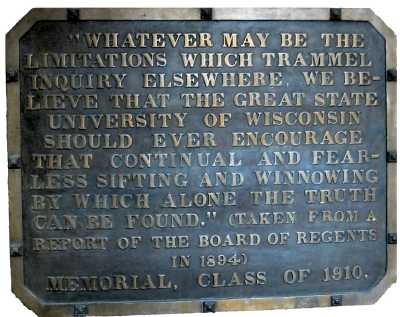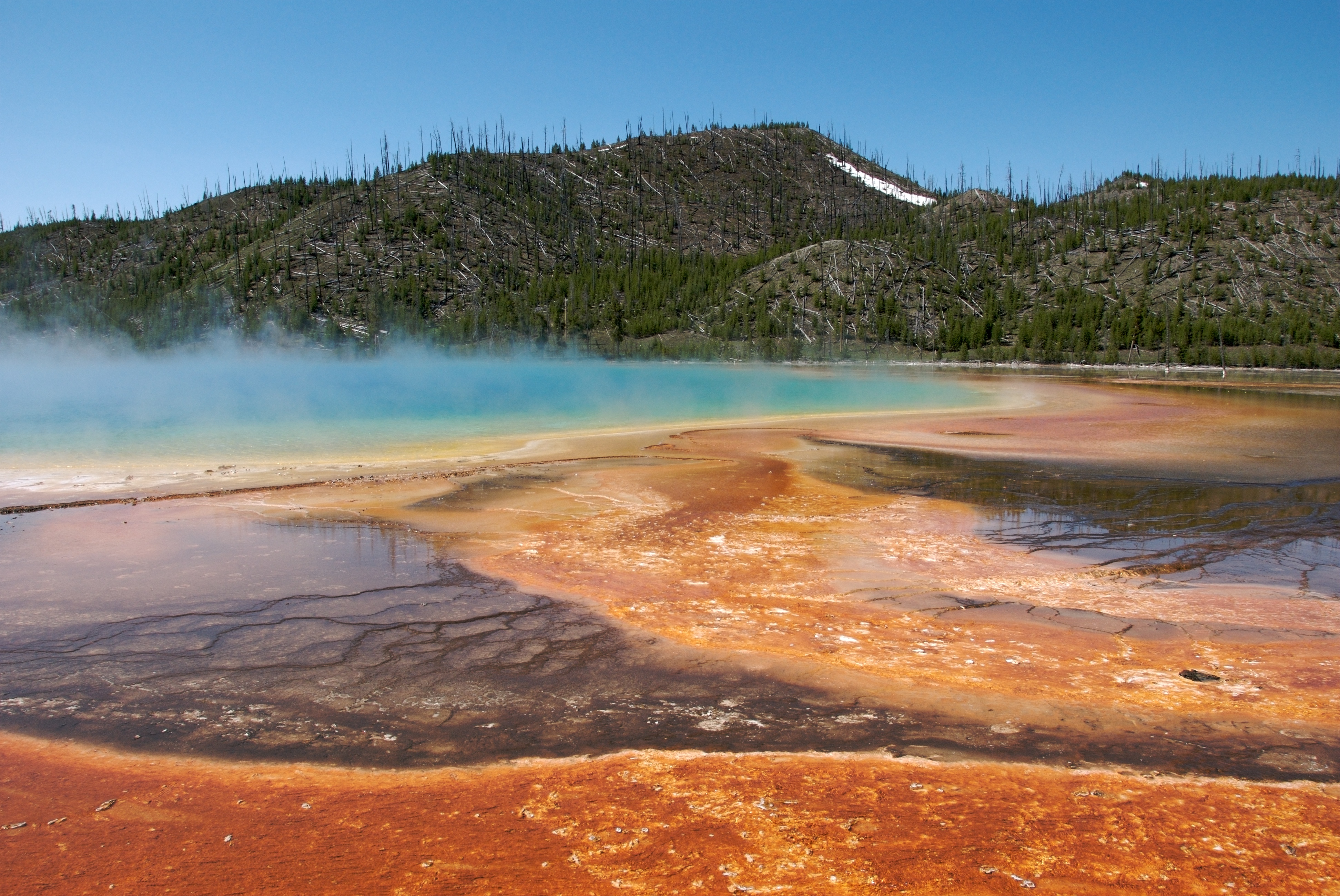|
Pupa Gilbert
Pupa Gilbert is an American biophysicist and geobiologist. She has been pioneering synchrotron spectromicroscopy methods since 1989, and she continues to use and develop them today. Since 2004 she has focused on biomineralization in sea urchins, mollusk shells, and tunicates. She and her group are frequent users of the Berkeley-Advanced Light Source. Biography She was born and raised in Rome, Italy; her previous name was Gelsomina De Stasio. She was a staff scientist at the Italian National Research Council (Istituto di Struttura della Materia) and at the Ecole Polytechnique Federale de Lausanne. In 1999 she moved to the University of Wisconsin at Madison as a full professor in the Department of Physics. She has honorary appointments in the departments of Chemistry and Materials Science. She is a Knight of her native Italy (2001), a fellow of the American Physical Society (APS-DCMP, 2010), and a Radcliffe Fellow (2014-2015). She was chair of the APS Division of Biological Ph ... [...More Info...] [...Related Items...] OR: [Wikipedia] [Google] [Baidu] |
University Of Wisconsin–Madison
The University of Wisconsin–Madison (University of Wisconsin, Wisconsin, UW, UW–Madison, or simply Madison) is a public land-grant research university in Madison, Wisconsin, United States. It was founded in 1848 when Wisconsin achieved statehood and is the flagship campus of the University of Wisconsin System. The main campus is located on the shores of Lake Mendota; the university also owns and operates a arboretum south of the main campus. UW–Madison is organized into 13 schools and colleges, which enrolled approximately 34,200 undergraduate and 14,300 graduate and professional students in 2024. Its academic programs include 136 undergraduate majors, 148 master's degree programs, and 120 doctoral programs. Wisconsin is one of the founding members of the Association of American Universities. It is considered a Public Ivy and is classified as an R1 University. UW–Madison was also the home of both the prominent "Wisconsin School" of economics and diplomatic h ... [...More Info...] [...Related Items...] OR: [Wikipedia] [Google] [Baidu] |
Sapienza University Of Rome
The Sapienza University of Rome (), formally the Università degli Studi di Roma "La Sapienza", abbreviated simply as Sapienza ('Wisdom'), is a Public university, public research university located in Rome, Italy. It was founded in 1303 and is as such one of the world's oldest universities, and with 122,000 students, it is the List of largest universities by enrollment, largest university in Europe. Due to its size, funding, and numerous laboratories and libraries, Sapienza is a global major education and research centre. The university is located mainly in the ''Città Universitaria'' (University city), which covers near the monumental cemetery Campo Verano, with different campuses, libraries and laboratories in various locations in Rome. For the 14th year in a row it is ranked 1st university in Italy and in Southern Europe according tCWUR Sapienza was founded on 20 April 1303 by decree from Pope Boniface VIII as a ''Studium'' for ecclesiastical studies under more control than ... [...More Info...] [...Related Items...] OR: [Wikipedia] [Google] [Baidu] |
Biophysicist
Biophysics is an interdisciplinary science that applies approaches and methods traditionally used in physics to study biological phenomena. Biophysics covers all scales of biological organization, from molecular to organismic and populations. Biophysical research shares significant overlap with biochemistry, molecular biology, physical chemistry, physiology, nanotechnology, bioengineering, computational biology, biomechanics, developmental biology and systems biology. The term ''biophysics'' was originally introduced by Karl Pearson in 1892. Roland Glaser. Biophysics: An Introduction'. Springer; 23 April 2012. . The term ''biophysics'' is also regularly used in academia to indicate the study of the physical quantities (e.g. electric current, temperature, stress, entropy) in biological systems. Other biological sciences also perform research on the biophysical properties of living organisms including molecular biology, cell biology, chemical biology, and biochemistry. Ove ... [...More Info...] [...Related Items...] OR: [Wikipedia] [Google] [Baidu] |
Geobiologist
Geobiology is a field of scientific research that explores the interactions between the physical Earth and the biosphere. It is a relatively young field, and its borders are fluid. There is considerable overlap with the fields of ecology, evolutionary biology, microbiology, paleontology, and particularly soil science and biogeochemistry. Geobiology applies the principles and methods of biology, geology, and soil science to the study of the ancient history of the co-evolution of life and Earth as well as the role of life in the modern world. Geobiologic studies tend to be focused on microorganisms, and on the role that life plays in altering the chemical and physical environment of the pedosphere, which exists at the intersection of the lithosphere, atmosphere, hydrosphere and/or cryosphere. It differs from biogeochemistry in that the focus is on processes and organisms over space and time rather than on global chemical cycles. Geobiological research synthesizes the geologic record ... [...More Info...] [...Related Items...] OR: [Wikipedia] [Google] [Baidu] |


